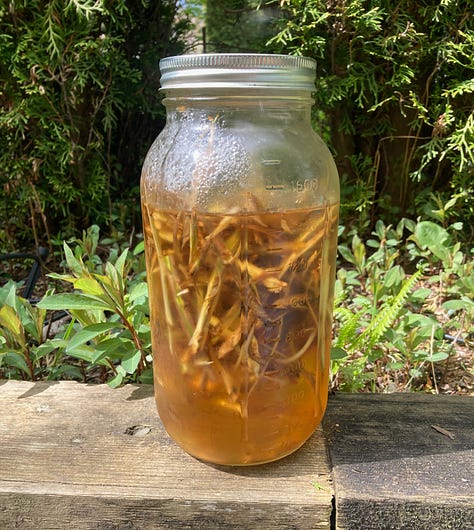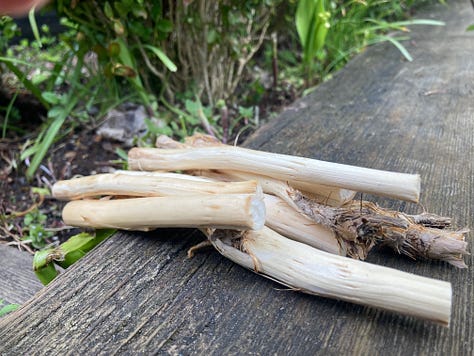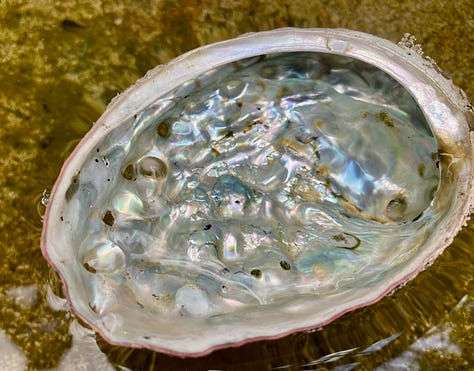

Discover more from A Campus Resident
Welcome back to A Campus Resident. As UBC’s winter term has come to a close I am returning to this project to share stories about life at UBC. Stories to come include one on the new meadow appearing under the Reconciliation Pole. Another will highlight dogs and animal control on campus. A short photo essay on the student protest camp is also planned.
UBC is a multi-national community of students, staff, faculty and residents. People bring with them many different cultural practices and ceremonies. As part of UBC’s various strategic plans and mission statements the value of cultural diversity has been affirmed. UBC’s relations with First Nations includes with titleholding nations (like Musqueam) but also First Nations people who work, study and/or live at UBC. This brings complexities to affirming cultural practices when such practices might be at odds with each other.
Smudging, the ceremonial burning of a plant and then bathing in the smoke, is not Indigenous to coastal BC. At the same time the effects of colonialism has dispersed and shifted our communities. Today, more than two thirds of First Nations people live in urban areas, often far away from homes of origin. Movements across this land are not new, but the extent of the displacements and movements are far greater today than any of our First Nations’ histories tell of in the past. In these contexts ceremonies like smudging, that originated away from the coast, have come here and have for many First Nations people become an important aspect of one’s spirituality and cultural practice.
Smudging with sage is not something I am personally familiar with. More common for where I am from is making teas or tonics from plants like wooms (devils club) or tying a bundle of their stems above a doorway for safety and wellbeing. Smg̱a̱n (cedar) is often used to bless places, people, and things by lightly brushing them with the branches. Huułens (a medicinal plant) is sometimes used to purify the air when people are sick by heating it on a stove. [Note: no one should use any traditional plant medicinally without instruction and guidance from a knowledge holder]. Unlike smudging, these practices have a traditional root among BC’s coastal First Nations.



Just the same, smudging has come to the coast and is now a common practice within First Nations communities (even as it is not traditional to nations within the wider Salish community). It is a practice found among many First Nations people.
UBC has had a mixed approach to the ceremony of smudging. When I was first hired at UBC (in the mid 1990s) I heard of issues with campus security interrupting smudging ceremonies. Colleagues for whom this was an important issue worked hard to get a protocol in place that would permit indoor smudging. For many years a sort of cultural detente persisted. This seems to have changed.
New Buildings and Smudging
In a March 2023 conversation on how UBC facilities and operations are implementing the Indigenous Strategic Plan I was told about how, in the design of the new gateway building, the planners were able to accommodate smudging in the building. Since then, UBC Facilities and Campus & Community Planning appear to have changed direction (more on this below). At the time though, accommodating smudging was explained as being considerate to Indigenous concerns:
“There are some communities the academic occupants of the Gateway Building work with where their tradition includes Smudging. … Figuring out how to accommodate everyone's needs [is important]. We pushed out the timeline on that project to make sure that there was time and space for folks with the expertise. Our role is to facilitate these projects coming forward at the optimal time, not the fastest time, the optimal time. We're creating that space for the conversations that need to happen, but then we're pushing the contractors on the build of it. The Smudging piece, for example, that was one where it required a lot of conversation. So, when the need was identified, we created space within the design process to facilitate those conversations led by others with the appropriate expertise to then inform the design needs as the Smudging protocol was worked through and developed in order to be able to optimize that design.” …
“Our ultimate goal is to have the building support the functions as well as they possibly can and not the other way around. So those fire systems, they're there for a nominal overarching safety piece. Where that safety doesn't create cultural safety, we need to think differently and think about, okay, if we understand deeply what the needs are within the building, what are the other options?”
This was an important accommodation to make for one academic unit’s First Nations partners. This approach is not, however, being applied consistently across UBC.
In another building design process I participated in a staff person responsible for scoping the rebuild said that smudging inside would not be supported as it deviates from Musqueam wishes. It’s a big campus and it is unsurprising they appeared not to have heard about the Gateway Building process. Instead, they pointed to the approach taken by the First Nation House of Learning in 2019. However, as I was later to learn, smudging was removed from the Gateway Building design in keeping with a no smudge rule spreading across campus.
As reported in The Ubyssey (Nov. 2019) then FNHL Director Margaret Moss contacted a representative of the Musqueam Indian Band to inquire if smudging could be practiced at UBC.
“[We] came to an agreement that yes [we] could do it, as long as it was outside and as long as [we] didn’t start any official ceremonies with this practice,” said Moss. “Each time [we smudge] we’re going to be saying, ‘We recognize that we are on Musqueam territory and this is not one of their practices, they’re allowing us to do this for others.’”
The 2019 decision shifted what had been a several decade practice at the house of learning. This highlights a space within which agreements with titleholding nations can undermine the inclusion of diaspora First Nations’ practices at UBC. This university is a multiracial, multi-cultural institution; in essence a community of communities. Finding the balance of respect is important. It is unlikely other communities on campus would respond positively toward an indoor prohibition of their spiritually important cultural practices.
There is no policy, but wait, there is.
From various sources I have become aware that there is a draft policy on smudging that has been in existence since at least 2023 and is being applied like a rule. The policy can be loosely outlined as follows (not a direct quote):
Smudging is not a Musqueam practice. Therefor, after discussion with Musqueam UBC has agreed to the following:
1) Any smudging will take place only in designated outdoor spaces
2) In the case of any designated outdoor space, there is a requirement to have a permanent sign posted with a statement the practice is not Musqueam.
No discussion with the wider First Nations community at UBC has taken place that might have engaged First Nations faculty and staff on the draft policy. Some senior leadership may have been informed, but the details on this are not clear.
First Nations colleagues I have spoken to about smudging have stories about the ‘policy.’ Often their first exposure to the policy has been at a building renovation or new building planning meeting. The First Nations participant would raise the need to accommodate smudging. The non-Indigenous planning and development staff would say ‘it is against UBC policy and Musqueam wishes.’ Such stories have been circulating for several years.
Every now and then I would send an email to members of UBC’s upper management asking about the policy and how it came to be. The answer would invariably come back ‘we have no such policy.’ I would ask if they were sure, and an assurance would follow. I would leave it there until another colleague shared their story and I would repeat my emails. Same response.
My most recent experience was my own. I was invited to share my thoughts on the planned renovation of the Anthropology and Sociology Building. When it came to my turn I offered that having an Indigenous space designed to permit smudging would be a good thing. An earnest project manager jumped in to correct my misunderstanding: ‘smudging is banned inside due to Musqueam’s wishes.’ When I asked why, I was told there was a policy. I offered that I had a note from a senior administrator that there was no such university wide policy. ‘Well, it’s a draft policy and we are following it’ the staffer replied.
That encounter led to another series of emails to admins. Their initial response was the standard one, ‘no policy exists.’ This time I was able to provide some specific detail on ‘the policy.’ Following a pause, an administrator did allow that it had come to their attention a draft statement did seem to be in the works and they would get back to me. That was March, 2024.
It would appear that while there is indeed no university level policy, some kind of draft statement/guideline/policy has been working it’s way through the system. At the opperational levels of the university this ‘policy’ is being applied as though it is a rule.
Across campus building planning and renovations proceed. Each time smudging comes up the ‘draft statement’ is invoked and the process continues. As of the date of publication no news from the top management on how they intend to gloss the policy which is not a policy.



